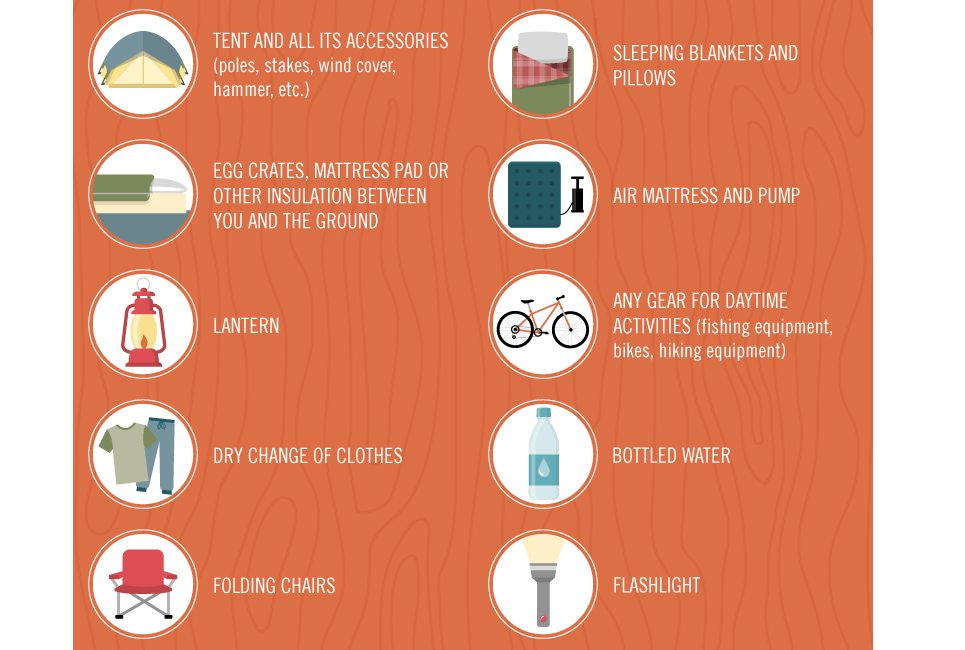As sustainable style comes to be progressively prominent, natural structure materials are restoring prominence. All-natural insulation alternatives like down, cork and Havelock wool use a large selection of benefits, consisting of excellent warmth-to-weight ratios, water resistance and compressibility.
Nevertheless, their sustainability depends upon the source of resources and exactly how they are processed. Some synthetic components shed microplastics during construction and are difficult to recycle, contributing to garbage dump waste and air pollution.
Price
When it involves protecting clothes and sleeping bags, rate is often a leading factor to consider. While natural materials assure lower discharges and biodegradability, synthetic insulation supplies unrivaled sturdiness and performance for much less.
Developed to resemble the protecting residential or commercial properties of down, synthetic insulation is composed of high-loft clusters of polyester. Typical brand names include Thinsulate, PrimaLoft and Climashield. These are likewise breathable and can be compressed to dimension for smaller packs. However, they don't execute as well in moist conditions.
A family member novice to the eco-insulation market, Icynene spray foam is a powerful air sealant that increases 100x its initial volume in wall surface and roofing system dental caries. It can be sprayed on walls, floorings and attics and is optimal for retrofits. It's made mainly from recycled paper items and treated with fire retardants.
Resilience
The durability of insulation products can have a huge effect on the total sustainability of a structure. It can affect life cycle emissions, power usage and maintenance needs. All-natural products can stand up to weather condition wear and environmental stress and often call for fewer upkeep than artificial choices.
For example, ThermaCork broadened cork and Havelock wool are durable, eco-friendly insulation options that provide a wide variety of benefits. They additionally offer a more sustainable structure alternative to conventional fiberglass and foam insulation. They can supply premium fire resistance, acoustic efficiency and add to far better interior air top quality.
Artificial insulation is typically made of polyester, which can be either raw or recycled. It's engineered to imitate down's lofty tendril structure, trapping warm air for insulation. Nonetheless, it does not press along with down and can shed its protecting power when wet. In recent times, though, scientists have been able to develop artificial insulation that much more very closely matches the warmth-to-weight ratio of down while preserving its shielding homes in wet conditions.
Recyclability
The shielding materials utilized in structure construction have significant impacts on the setting. This is due to both their manufacturing phase (making use of non-renewable resources and fossil power intake) and their disposal stage. They likewise add to climate modification and trigger health and wellness issues in people that are subjected to them.
Natural insulation choices like ThermaCork broadened cork and Havelock wool can be reused, in addition to sourced locally to lower transportation-related carbon exhausts. They likewise have lower personified carbon and some are even carbon-negative. Additionally, they might be certified by Cradle to Cradle or GREENGUARD for lasting methods and reduced degrees of produced toxic substances.
One more eco-friendly choice is timber fiber insulation. This cellulose insulation is made from recycled paper, cardboard, and various other waste products. It can be treated with borate to preserve fire resistance and water-resistant paraffin wax to prevent moisture infiltration. It has an R-value of 3.6 to 4.2 per inch and performs similarly to synthetic foam boards.
Sustainability
As more builders are searching for environmentally friendly insulation choices, it is essential to understand the true ecological influence of these products. This includes their personified carbon, poisoning and breathability, in addition to exactly how they carry out in different climates.
Natural insulation like cork, hemp and woollen supply a series of gain from sustainable sources. They also decay normally at the end of their life, which minimizes garbage dump waste and contamination. They frequently also have lower embodied carbon than artificial choices and release less volatile organic substances throughout usage, which boosts interior air camping gear high quality.
To find an eco-friendly insulation, seek third-party qualifications such as Cradle to Cradle or GREENGUARD Gold. These suggest that the insulation has been tested according to strenuous ecological and health and wellness standards. In addition, try to find items that are made from recycled or upcycled materials to reduce personified energy. This can help reduce the ecological impact of your project by sustaining regional economies and decreasing transportation-related emissions.
